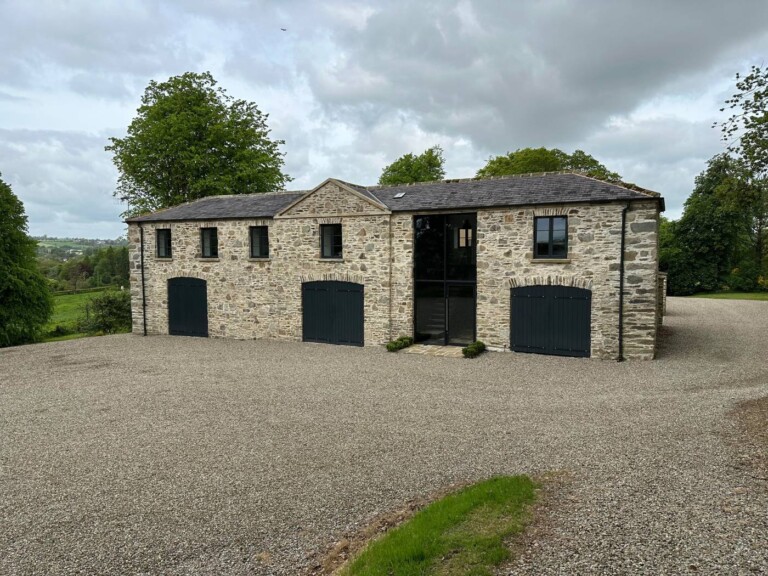
In the year 1832, Glebe House emerged as a stately Georgian residence, erected as a rectory. A detached three-bay two-storey over basement structure, it became an architectural gem on the east side of Lisky Road, embracing the timeless elegance of the Georgian era.
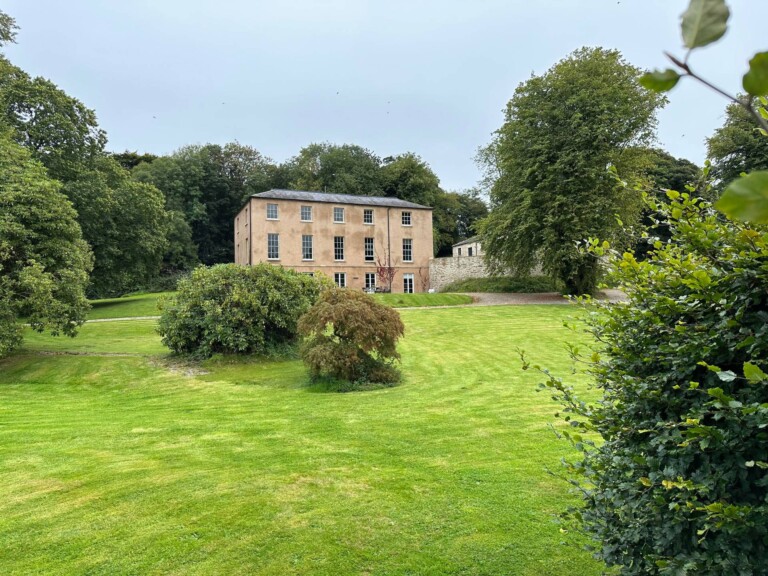
Witnessing the changing tides of time, Glebe House underwent an expansion in the mid-19th century, with a two-storey extension to the south added around 1850. T
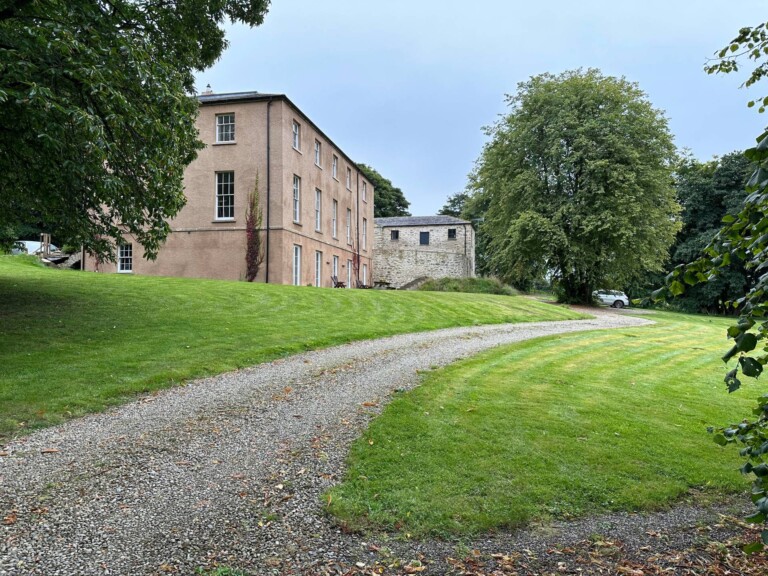
In 1860, Glebe House became the residence of the esteemed hymn-writer, Mrs. Cecil Frances Alexander. Revered for her compositions, including "There is a green hill far away" and "All things bright and beautiful," she added a musical note to the estate's history.
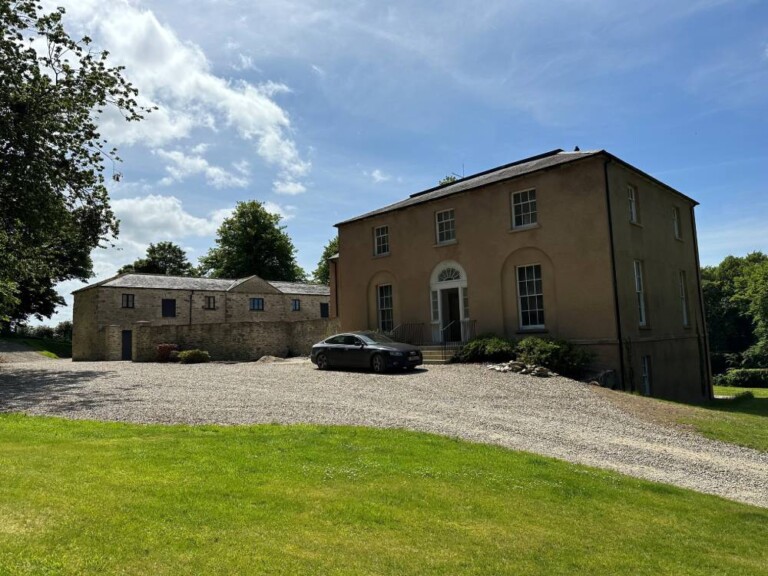
As the Church of Ireland faced disestablishment in 1873, Glebe House transitioned into a new phase. The laity of the parish bought back the rectory and parts of the land, marking a shift in ownership and a connection with the local community.
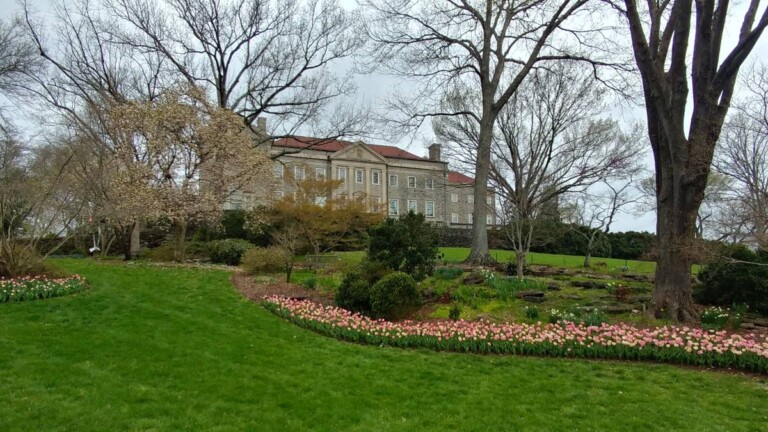
In 1894, the decision was made to sell Glebe House, reflecting changing times and preferences. The property found a new owner in Colonel Clark-Kennedy of Blackheath, London, who acquired it for £1,050 in 1895.
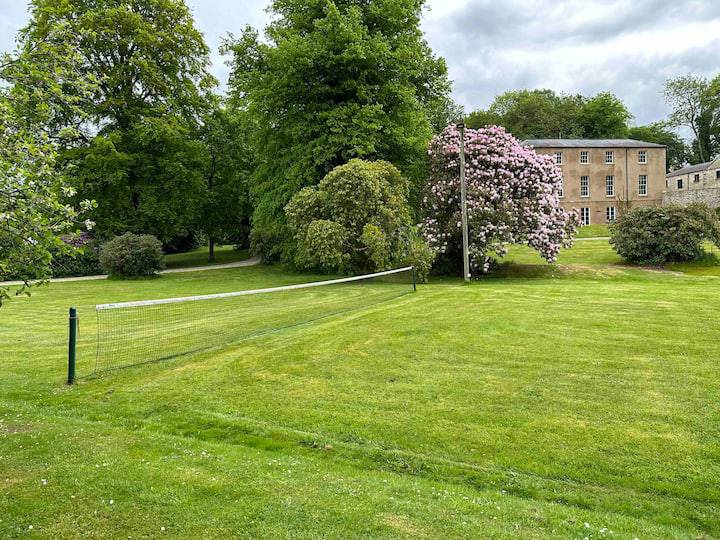
During the early 20th century, Glebe House was graced by the presence of the Rev. William Alexander, later Bishop of Derry and Archbishop of Armagh. His wife, Mrs. Alexander, continued her hymn-writing legacy, leaving an indelible mark on the estate's cultural tapestry.
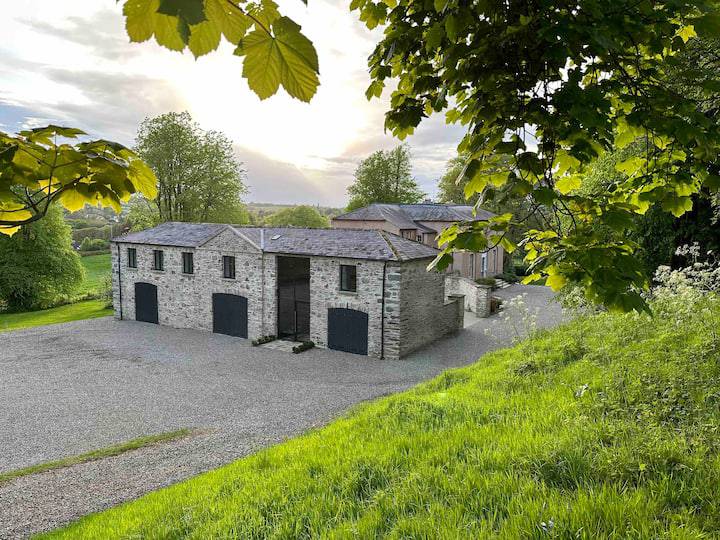
In the 1930s, Glebe House faced financial difficulties, prompting a brief return of the Herdman family, including John Claudius Herdman, to the estate.
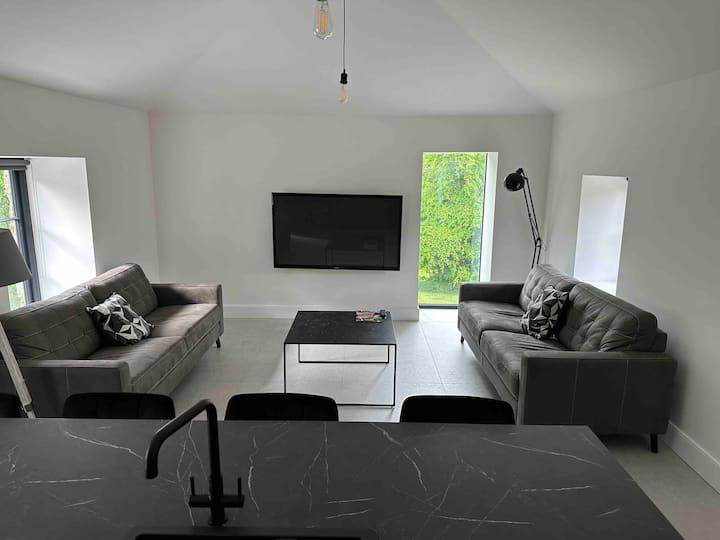
Fast-forwarding to 2017, Glebe House stood as a testament to its enduring legacy. Embracing modern amenities while preserving its historic charm, the estate continued to welcome guests into its timeless embrace.
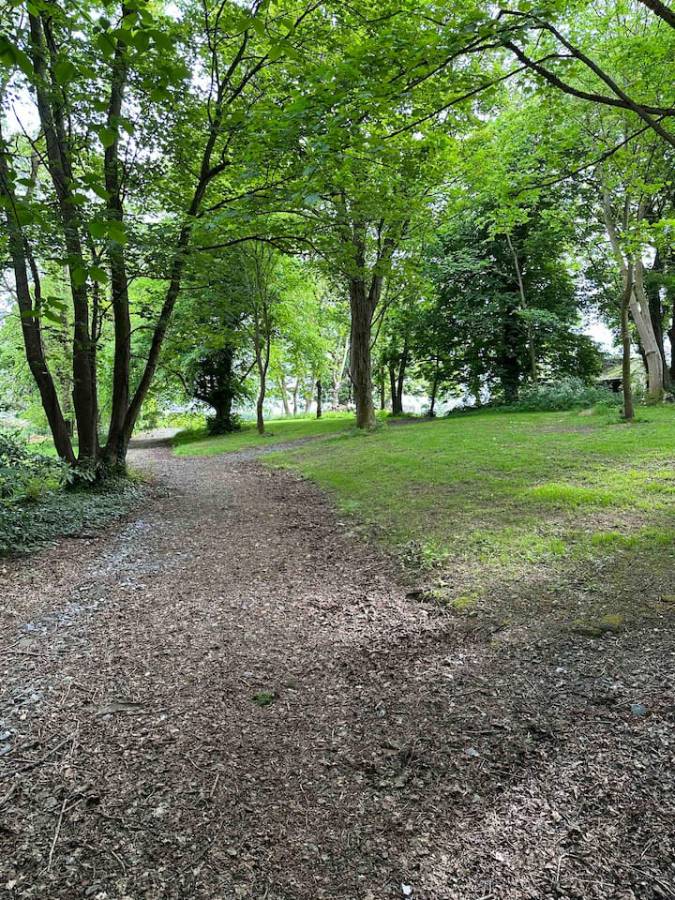
As we step into the present, Glebe House Estates continues its journey, with ongoing projects like "The Stables" and "The Lodge" shaping the estate's future. The commitment to providing a unique blend of history, luxury, and natural beauty remains unwavering.
In the year 1820, construction began on the property, with works being completed in 1832. Glebe House emerged as a stately Georgian residence, erected as a rectory. A detached three-bay two-storey over basement structure, it became an architectural gem on the east side of Liskey Road, embracing the timeless elegance of the Georgian era. Unfortunately, there are no known images of the estate during this period.
Witnessing the changing tides of time, Glebe House underwent an expansion in the mid-19th century, with a two-storey extension to the south added around 1850. Between the years 1857-1860, a two-storey flat roofed extension to re-entrant angle was also added.
In 1860, Glebe House became the residence of the esteemed hymn-writer, Mrs. Cecil Frances Alexander. Revered for her compositions, including “There is a green hill far away”, “Once in Royal David’s city” and “All things bright and beautiful,” she added a musical note to the estate’s history. During this period, many of her hymns were added to “Hymns Ancient and Modern” edited by Sir Henry Baker and thereby became very well-known.
In 1869, during the Alexanders’ time at Glebe House, the Church of Ireland faced disestablishment. Following this, the laity of the parish bought back the rectory and parts of the land, marking a shift in ownership and a connection with the local community.
In 1894, the decision was made to sell Glebe House, reflecting changing times and preferences. The property found a new owner in Colonel Clark-Kennedy of Blackheath, London, who acquired it for £1,050 in 1895.
The next occupier, John Claudius Herdman, was the son of Emerson Tennant Herdman who, together with his brother, was responsible for much of the development of Sion Mills, architecturally and industrially. John and his wife, Maud Harriet Clark-Kennedy, had three children at Glebe House before moving back to Sion House in 1919 on the death of his father.
In the 1930s, John Claudius Herdman and his wife Maud Harriet Clark-Kennedy made a brief return to Glebe House as a result of financial difficulties.
In 2000, the original gatelodge at the entrance to Glebe House Estates was demolished, and replaced with a new two-storey stone dwelling on the other side of the lane.
Fast-forwarding to 2017, the estate was acquired by ourselves in a state of disrepair. We soon discovered a multitude of issues plaguing the buildings on the estate. We realised something needed to be done in order to maintain the legacy of this landmark property, and thus, we embarked on the perilious journey of a full restoration.
In 2023, after a thorough restoration, Glebe House and its neighbouring structures have been transformed into self-catering accommodations. With a legacy spanning three generations and over five decades of expertise in the tourism industry, we have refined Glebe House Estates to an unmatched level of excellence. Now, visitors from all over the world have the privilege to delve into the estate’s rich history and experience its enchanting atmosphere.
Copyright© 2025 Glebe House Estates. All rights reserved.
Log in
Don't have an account? Register
Please enter your username or email address. You will receive a link to create a new password via email.